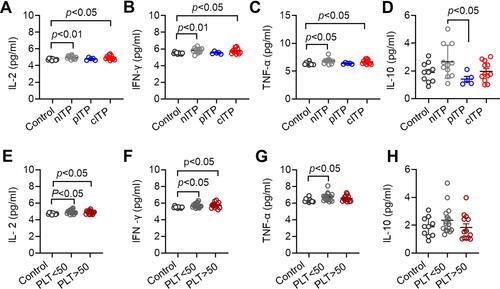Figures & data
Table 1 Clinical Characteristics of Adult ITP
Figure 1 The percentage of Tc increased in chronic ITP.
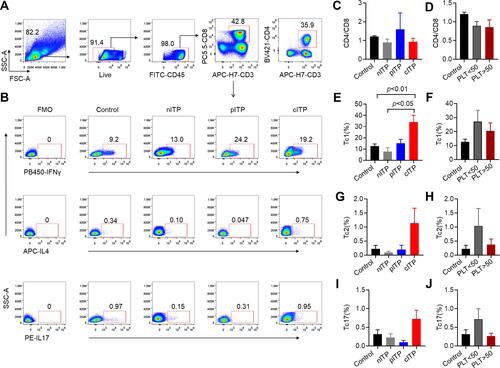
Figure 2 The percentage of helper cell T cells in ITP.
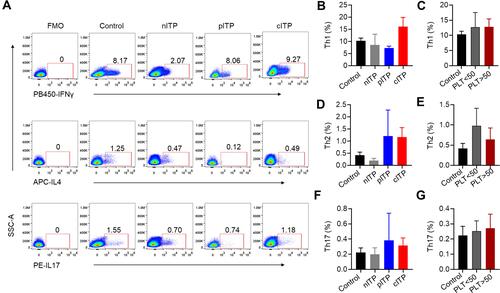
Figure 3 The percentage of Treg decreased in ITP patients.
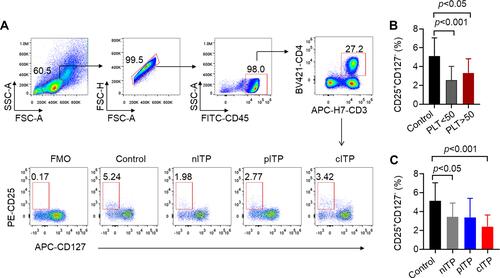
Figure 4 The expression of CXCR3, CCR6 and PD1 on CD4+ T cells increased in ITP patients.
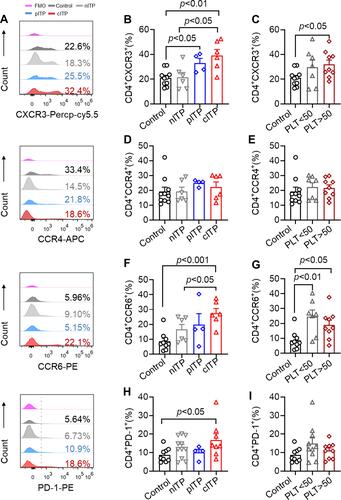
Figure 5 Serum levels of IL-2, IFN-γ, TNF-α in ITP patients were increased.
